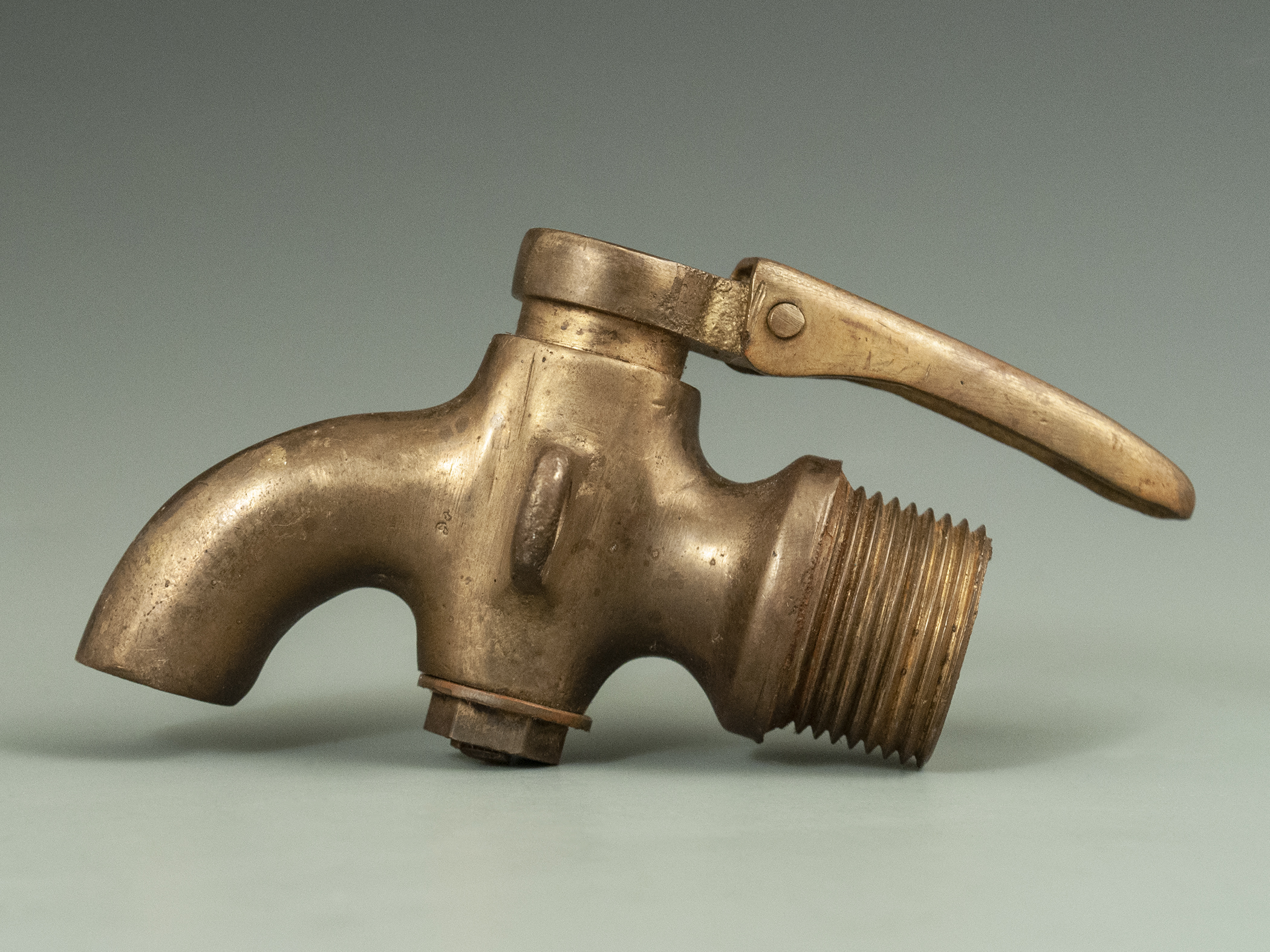Water Tank Faucet
Khao I Dang, Thailand, 1979

The little Thai island of Koh Samui was still undeveloped in 1979, reachable only by ferry from the southern city of Surat Thani. I was sharing a straw hut on a coconut-pocked beach with Dorothy, a newly minted M.D. who I’d been traveling with since we had met, nine months before, in Greece.
How had we learned about the civil war in erupting in Cambodia? Radio? A local newspaper? In any event, as soon as the news reached us Dorothy insisted we return to Bangkok and volunteer with the UNHCR: The United Nations High Commissioner for Refugees, tasked with housing the tens of thousands of Cambodians fleeing the madness of Pol Pot’s regime.
We left Bangkok for Aranyaprathet, on the Thai/Cambodian border, on November 21st. The next morning the 12 volunteers in our group were assigned tasks, based on our skills. Dorothy was assigned to the medical tent. Reluctant to pass out plastic buckets or soap I told the UNHCR supervisor that, as a sculptor, I possessed some basic engineering skills.
He regarded me warily. “What kinds of ‘skills?’”
“Well, I’ve designed playgrounds,” I offered, “and a few fountains.” What I didn’t tell him is that none of these structures had been built.
“Okay,” he nodded. “You’re on water.”
“Water?” I awaited a specific assignment.
“Yeah. The water systems. This camp is going to have 10 sectors, and each sector will need at least six water areas. So we have to build a lot of them and we have to do it fast— because we’re expecting about 80,000 people within the next three days.”
“What kinds of systems are talking about?”
“The whole works. Big metal water tanks, gravel, drainage, faucets.”
“Umm…Sure,” I told him, stammering. “Who do I report to? Who do I see?”
“See?” He looked at me with incomprehension. “You don’t see anyone. I told you the problem. It’s your job to solve it.”
And I did.
